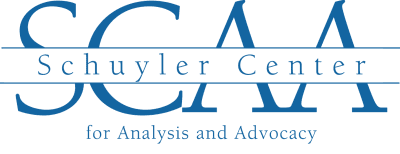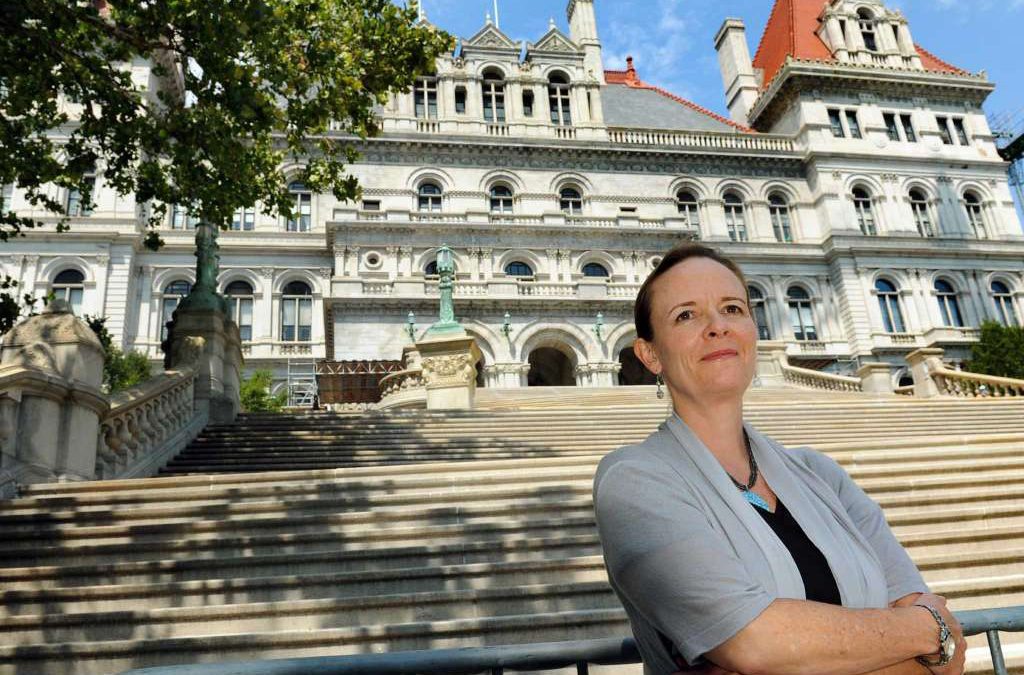It is beyond dispute that economic development can be an effective way to fight poverty. So, too, longstanding anti-poverty programs have been proven to stimulate local economies. For example, researchers have established that raising the EITC has a positive effect in neighborhoods of concentrated poverty, improving health outcomes both for families directly receiving increased credits, and for others living in the community. The multiplier effect is most substantial in communities with many low-income residents, where the local economic impacts can often equal twice that of the number of EITC dollars received by the community.[1] Yet, New York State has drawn a sharp demarcation between economic development and poverty reduction efforts, investing exponentially fewer resources into poverty reduction than into economic development, not including poverty reduction as a measureable economic development goal, and demanding much better and quicker returns on its poverty reduction investments.
In last year’s budget, the State allocated $2.5 billion for economic development purposes under various programs, and $25 million to fund poverty reduction programs under the Governor’s Empire State Poverty Reduction Initiative.[2] In both its economic development and poverty reduction initiatives, the State has taken a regional approach to achieving project goals. To draw a more specific comparison at the regional level, the Capital Region Economic Development Council was recently awarded $4 million for the Port of Albany to construct a new heavy lift cargo operations building (this was just one of several funded projects).[3] Under the Empire State Poverty Reduction Initiative (ESPRI), the City of Albany expects to receive total funding of $1.5 million.[4]
In the area of economic development, the State has shown a willingness to take a long-view on investments, not requiring significant results for years. Take the case of Start-Up New York, perhaps the State’s most celebrated economic development project, under which New York State’s colleges and universities partner with new and growing businesses. Since the inception of the program two years ago, the State has invested tens of millions of dollars promoting the program, and granted more than $1.1 million in tax breaks, yet to date, the program has created just 484 jobs. The State has defended the program against its many critics, explaining that its investments in advertising and infrastructure were building momentum that would lead to dramatically greater results in the coming year. The State has given the program five more years to achieve its targeted goal of 4,100 jobs.[5]
In contrast, the State expects a much quicker return on its considerably smaller investment in poverty reduction initiatives under the ESPRI program. Specifically, funds are not to be awarded to a proposed project if it will necessitate ongoing State financial support beyond the first allocation. These “start-up” poverty reduction projects are expected to achieve measurable outcomes and leverage alternative funding almost immediately.
Looking ahead, we urge the State to reorient the demarcation between economic development and poverty reduction initiatives and eliminate the double standards. Already, the State is encouraging poverty reduction task forces convened under ESPRI to consult with the local Regional Economic Development Council (REDC). This is an important step. Next, REDCs should be required to consult with local poverty reduction task forces in communities that have them—or with local human services organizations in communities without task forces—when making regional economic development plans and distributing economic development resources. Proposed economic development projects with poverty reduction potential should be given priority by REDCs. At the same time, we also urge the State to give poverty reduction programs more of a chance to succeed by investing real start-up dollars over a longer period of time into promising programs, and providing them with a more realistic timetable for achieving sustainability and measurable outcomes.
Kate Breslin, President & CEO, Schuyler Center for Analysis & Advocacy
[1] Holmes, N., & Berube A. (2015, November 20). The Earned Income Tax Credit and Community Economic Stability. Brookings.
[2]Office of the NYS Comptroller. Report on the State Fiscal Year 2016-2017 Enacted Budget. (2016, May). pp. 26, 28.
[3] Capital Region Economic Development Council. (2015). 2015 Progress Report: The Tech Valley In Focus. p. 46.
[4] New York State Community Action. (2016, April 5). Policy Alert April 5, 2016.
[5] NYS Empire State Development. (2015). The Business Incentives Report.[/vc_column_text]


Recent Comments